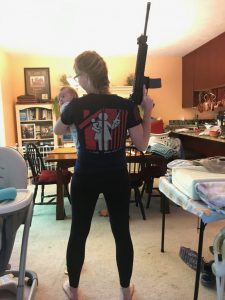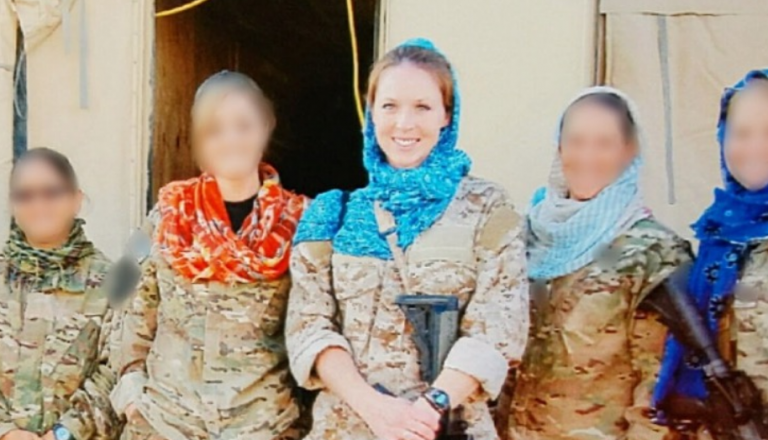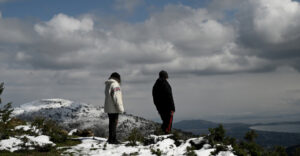Manbij wasn’t necessarily safe so much as it was stable. Or maybe just quiet … for the time being. Kurdish forces backed by the American military successfully drove out the Islamic State in 2016, with a relative calm following. The small northern city of approximately 300,000 would go on to be cited as the model for what Syria could look like post-ISIS, despite being at the crossroads of international tensions between Syria, Turkey, Russia, and the United States.
Although the radical Islamic militants no longer held the city, there was still much work to be done in order to kill or capture the remaining cells that threatened the city (and region). That work was, and is, largely being accomplished by special operators who have spent the better part of two decades hunting humans — and have nearly perfected the craft since the Global War on Terrorism began in 2001.

The main drag in Manbij was bustling with people on a chilly Wednesday afternoon last January. Shannon Kent, an athletic, red-haired U.S. Navy cryptologist and mother of two, was moving down the street alongside her teammates Scotty, Jon, and Ghadir. They weren’t in uniform (they rarely were in this line of work), but her black North Face hiking pants and dark-purple jacket would serve as suitable attire for the day’s mission: scouting out a location to do a source meet, among other things.
Kent’s kind eyes and friendly demeanor aren’t exactly what the average person thinks of when asked to describe a seasoned special operator hunting down ISIS though. And maybe that’s an advantage when assigned to the most secret, oft-rumored unit in the shadowy Joint Special Operations Command. She was used to working alone or in small teams, almost always clandestinely, but sometimes covertly and undercover. And she was damn good at her job.
Read more HERE
Ask me anything
Explore related questions





